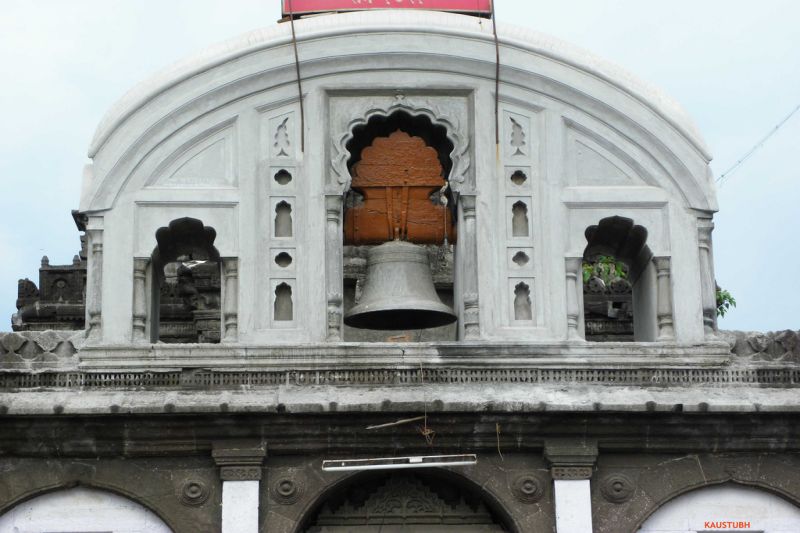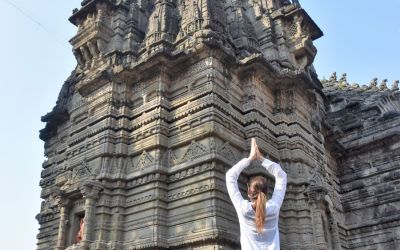Hello readers! Welcome to Trendphobia travel blogs. Are you ready for a spiritual journey? Let’s delve into the rich history and beauty of the Naroshankar Temple, an ancient Shiva temple nestled in Nashik. Join me as we uncover the fascinating tales and architectural marvels of this hidden gem.
At Trendphobia travel blogs, we’re like travel superheroes, ready to take you on amazing quests. Join us as we explore beautiful beaches, stunning mountains, and even ancient ruins. It’s going to be epic!
Nashik, a Sacred Pilgrimage Hub

Get ready for a spiritual journey as we delve into the rich history and captivating beauty of the Naroshankar Temple, an ancient Shiva temple nestled in Nashik. Join me as we uncover fascinating tales and marvel at the architectural wonders of this hidden gem.
The Naroshankar Temple: A Glimpse into History

Built in 1747 AD by Chieftain Sardar Naroshankar Rajebahaddur, a valiant soldier during the Peshwa regime, the Naroshankar Temple stands tall on the banks of the Godavari River. Though overshadowed by its renowned counterparts, it remains a significant pilgrimage site that beckons visitors with its historical prominence.
Stay connected with Trendphobia to explore a wide range of articles like : 5 Places to Visit in Haridwar in One Day
A Unique Bronze Bell

As you approach the temple, your attention will be drawn to a bell house at the entrance. Framed by grand arches, a massive bronze bell hangs above the 11-feet high temple façade, offering a breathtaking view of the Godavari River. This bell carries great historical significance, having been brought from Vasai Fort after the Maratha army defeated the Portuguese. It serves as a political memento, symbolizing their victory and was presented to Naroshankar as an honorable token.
Architectural Marvels of the Temple
Passing through the bell house, you will enter a temple complex that will leave you in awe. Built in the 18th century, the temple’s architecture showcases a unique blend of Gujarat and Rajputana styles. Crafted from black stone, the temple sits atop a raised platform, adorned with exquisite sculptures and impressive carvings on its outer walls. The ornate shikharas (spires) of the main and subordinate temples depict enchanting figures of animals, such as lions and elephants, as well as trees and birds.

Lord Shiva as Mahakaal

As you enter the garbhagriha (sanctum sanctorum), you will be greeted by a truly awe-inspiring sight—Lord Shiva in the form of Mahakaal. The Nandi bull stands majestically opposite the deity, faithfully guarding his master. The Naroshankar Temple emphasizes Lord Shiva’s transcendence beyond the constraints of time (Kaal). Notably, the outer wall features an intriguing carving of a coiled cobra (Akshaya Naga), symbolizing contemplation on the eternal cycle of life and death.
Experience the Majesty of Naroshankar Temple
The Naroshankar Temple exudes grandeur, with arched chatris on both sides of the entrance showcasing Rajputana architectural influences. The colossal bell, framed by majestic arches, perfectly complements the flowing Godavari River below and the vast blue skies above. It demands attention and leaves visitors in awe.

Practical Information
The temple is open every day from 7:00 AM to 8:00 PM.
Trendphobia aims to cater valuable information and insights across a wide array of subjects including travel, health, relationships, technology and more. Follow Trendphobia and stay updated with our daily content.
You may also like:
Best Hill Stations in North India
Top Destinations for Solo Women Travellers in India
Exploring the Famous Restaurants Along the Ganges River